Do you own a lake or manage one? Then you know how important it is to keep the lake water healthy and oxygenated. Aeration involves infusing water with oxygen, revitalising it to support aquatic life’s well-being. In this article, we will explore the two predominant types of aeration systems: submerged and floating.
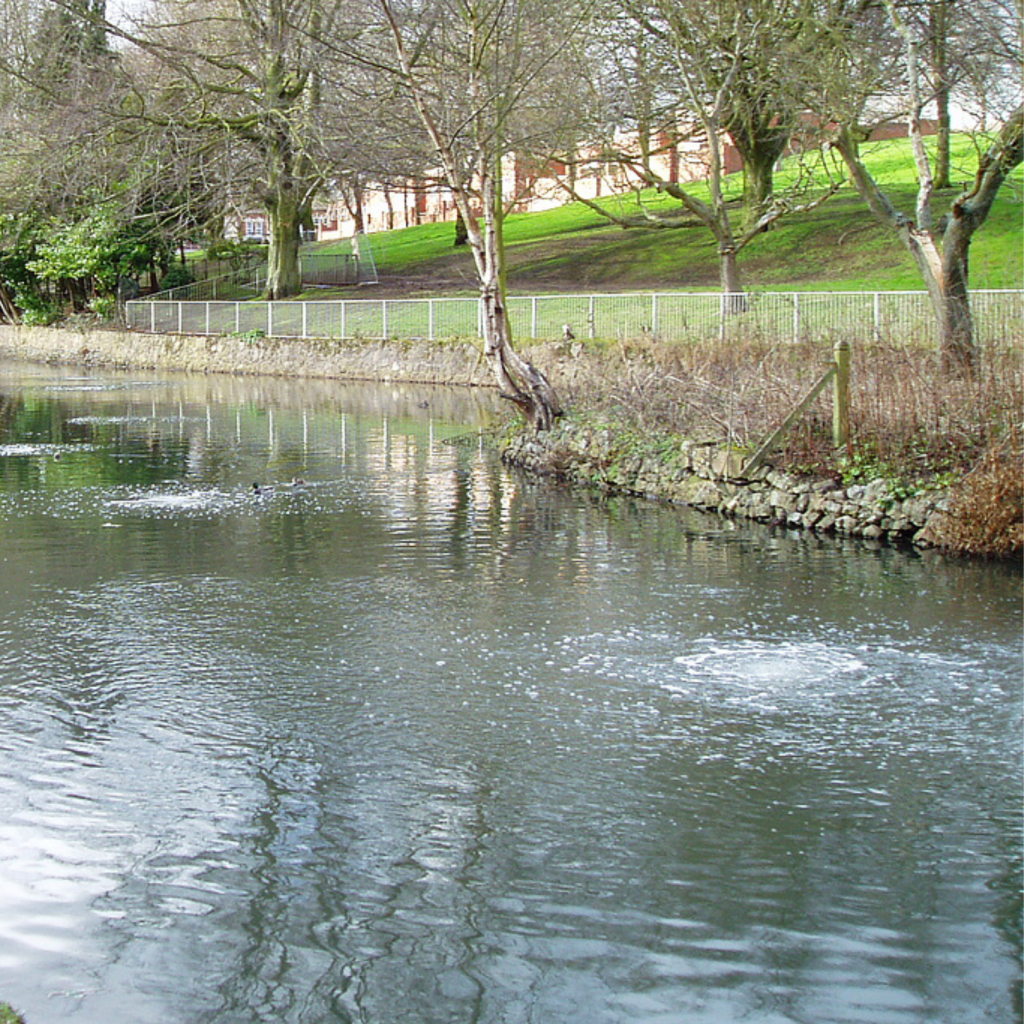
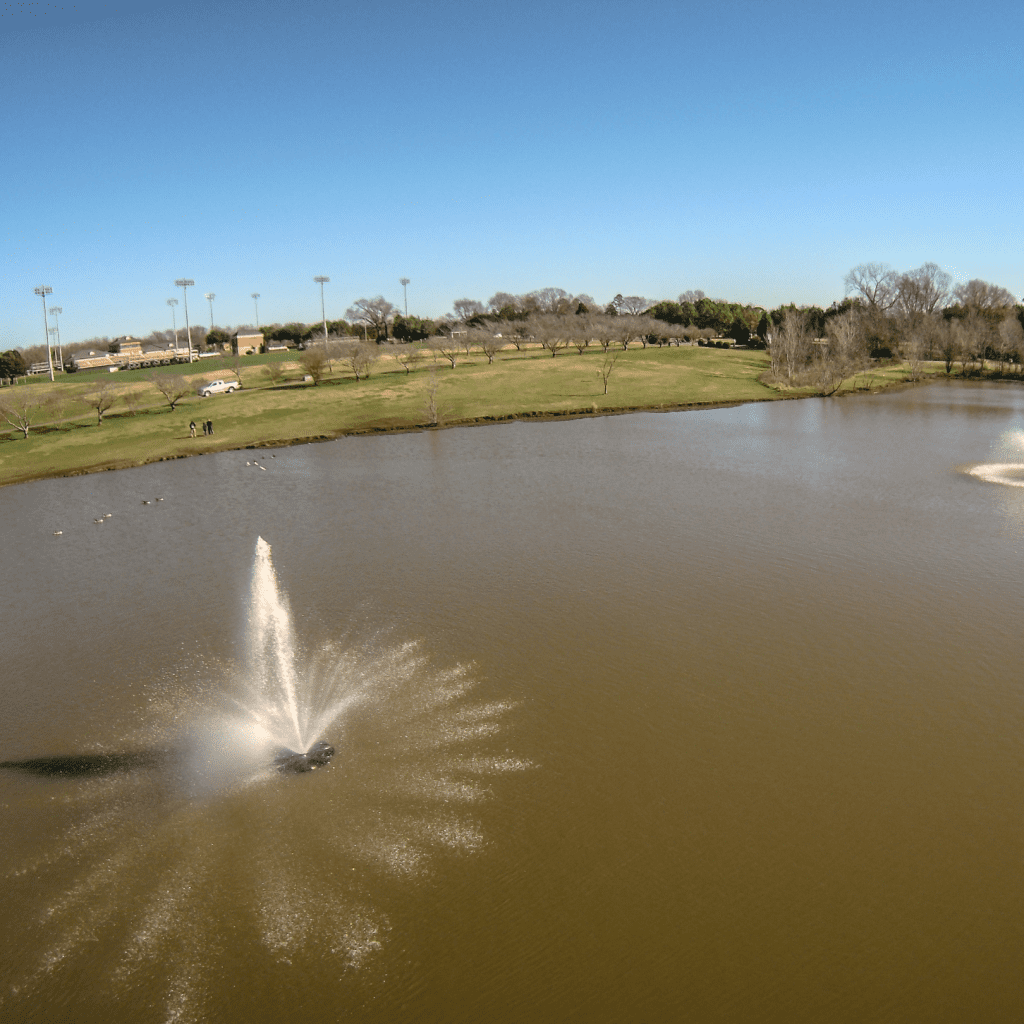
Submerged Aeration Systems
Submerged aeration systems (also known as bottom-up aeration systems) are designed to oxygenate the water from the bottom of the lake. The setup comprises of an air compressor, an air hose, and diffusers that emit bubbles from underwater. These bubbles rise, transporting oxygen from the bottom of the waterbody to the water’s surface. The system is invisible from the surface, making it aesthetically pleasing and unobtrusive.
What are the benefits of Submerged Aeration Systems?
Bottom up aeration systems:
- Oxygenate the water from the bottom of the lake, which is where most of the nutrients are located.
- Are great for lakes with deep water.
- Provide oxygenation for the entire lake, including areas that are hard to reach with floating aeration systems.
- Are unobtrusive and aesthetically pleasing.
- Are highly flexible and can be moved if/ when necessary.
- Allow for easy maintenance.
Floating Aeration Systems
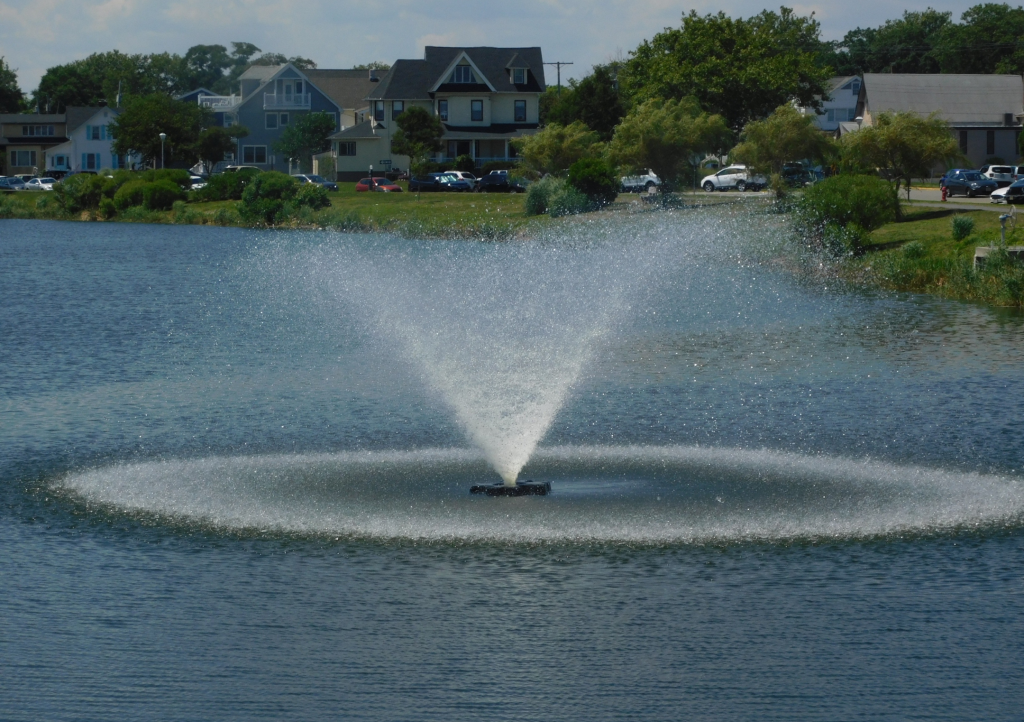
Floating aeration systems work differently than submerged aeration systems. They are designed to aerate water at the top of the lake or pond. The setup involves a buoyant platform, an air compressor, and diffusers that release bubbles at the lake’s surface. These bubbles infuse oxygen into the upper water layers of the lake or pond it is installed in. Floating aeration systems are visible from the surface, which some people find unappealing.
Why choose bottom-up aeration?
Aeration and oxygenation with bottom diffusers is a proven method of oxygenating bodies of water. It also boasts greater efficiency when compared to surface aeration techniques like fountains. By introducing pressurised air to a lower section of the water, this form of aeration enables oxygen to be dispersed from below as fine micro bubbles gradually float upward from the diffuser towards the surface. In contrast to surface aerators, this technique ensures comprehensive oxygen distribution throughout the water column. Because of this, it is far more effective in most cases at delivering adequate levels of dissolved oxygen.
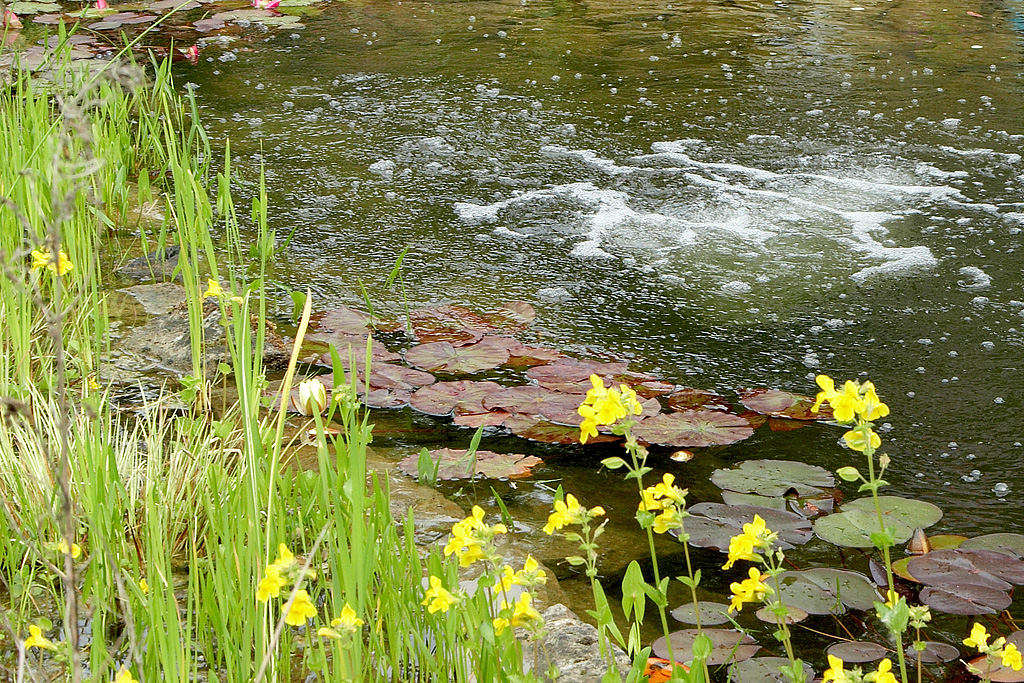
Fountains are considered as water features that are pleasing to the eye and are often marketed as aerators. However, while a fountain or other mechanical mixers can introduce some oxygen to the water’s surface, it’s impact seldom extends to the rest of the water column. Moreover, surface aeration is an ineffective way to add dissolved oxygen to a body of water, as it consumes the same or even greater amounts of electricity without significant benefits. Unless purely for aesthetic purposes, it’s advisable to opt for bottom-up diffusers or submerged aeration as they are more effective.
Additionally, unlike surface aeration techniques, bottom aeration does not require the installation of machinery in the water, eliminating the risk of corrosion or electrical malfunctions from submerged moving parts. This also means that individuals using the water are not exposed to dangerous levels of electricity.
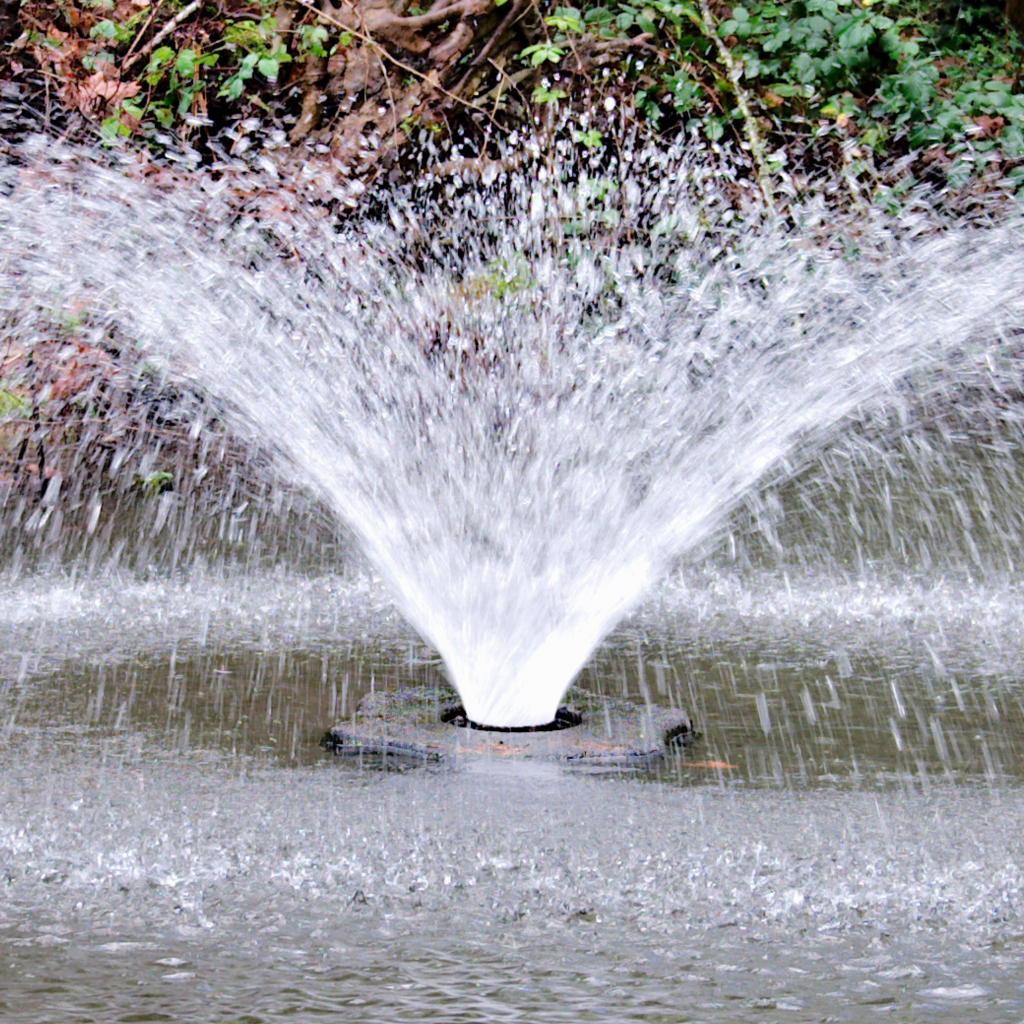
Conclusion
In all full-scale settings, submerged bottom diffusers are superior to surface aeration. Although surface aeration can help manage algae and weeds at the top level of a pond, it does not reach the area where oxygen is most crucial – the bottom. Thermal stratification causes the colder, oxygen-deficient water to collect at the bottom, which fish avoid by staying near the oxygen-rich surface layers. If the stratified water is mixed during a storm, it can lead to a fatal decrease in overall oxygen and a mass fish die-off.
Furthermore, organic waste, such as algae and weeds, sink to the bottom, where bacteria break them down. But if there is no oxygen to support this process, it will result in a buildup of sludge and muck, necessitating expensive dredging. In short, surface aeration is not a viable long-term solution for maintaining a healthy pond or lake.